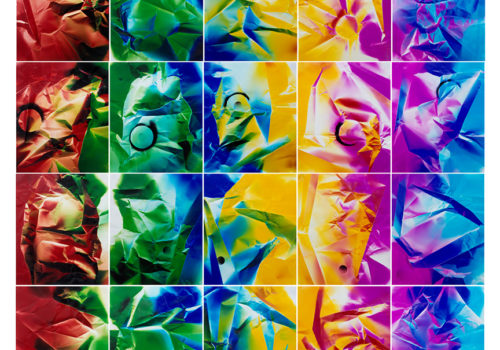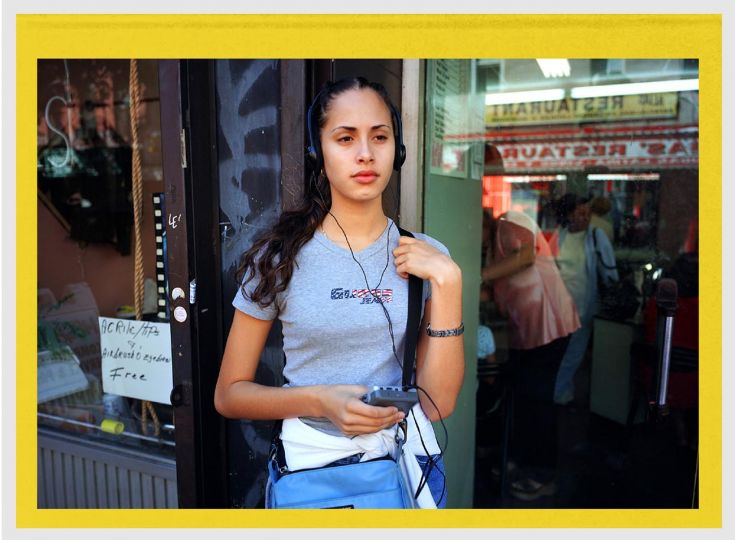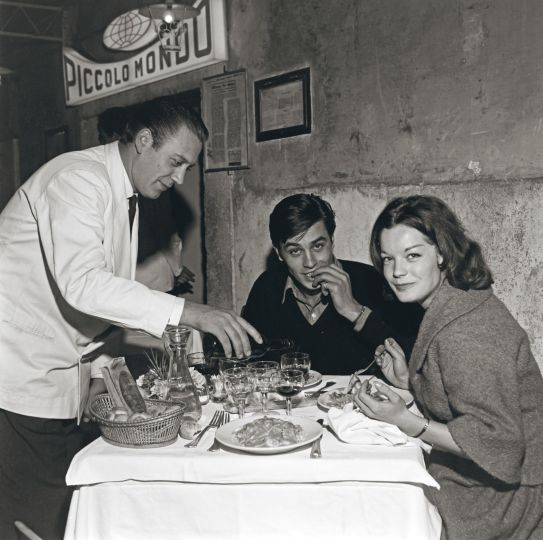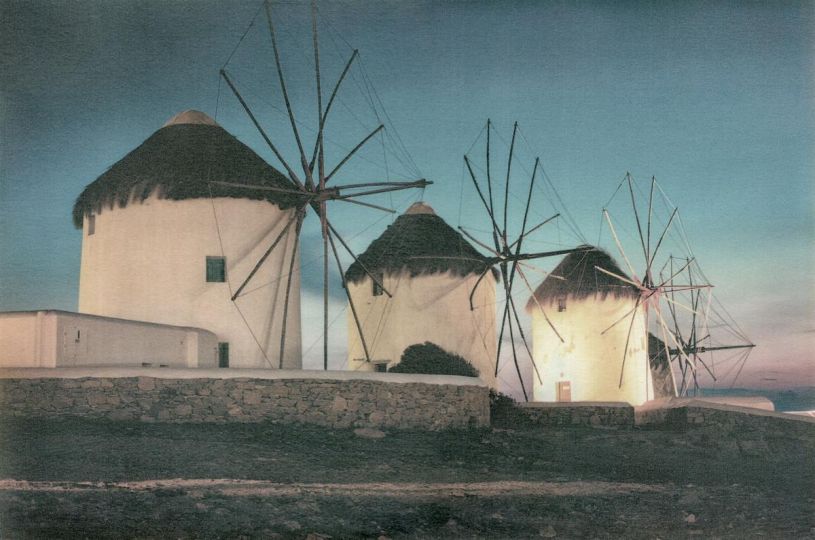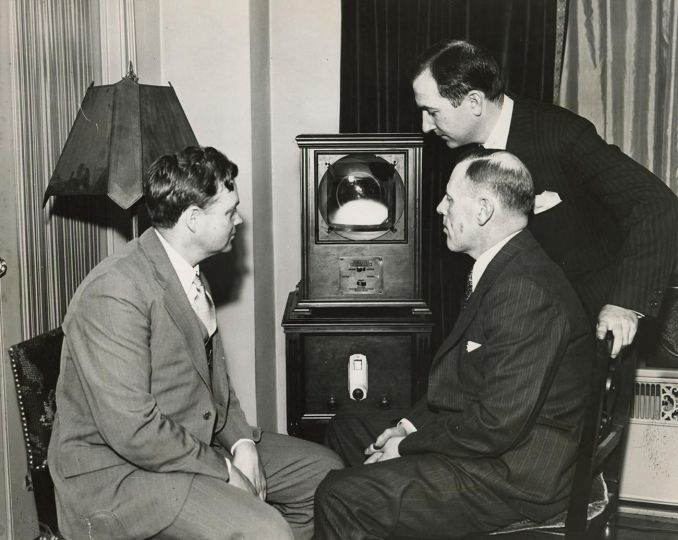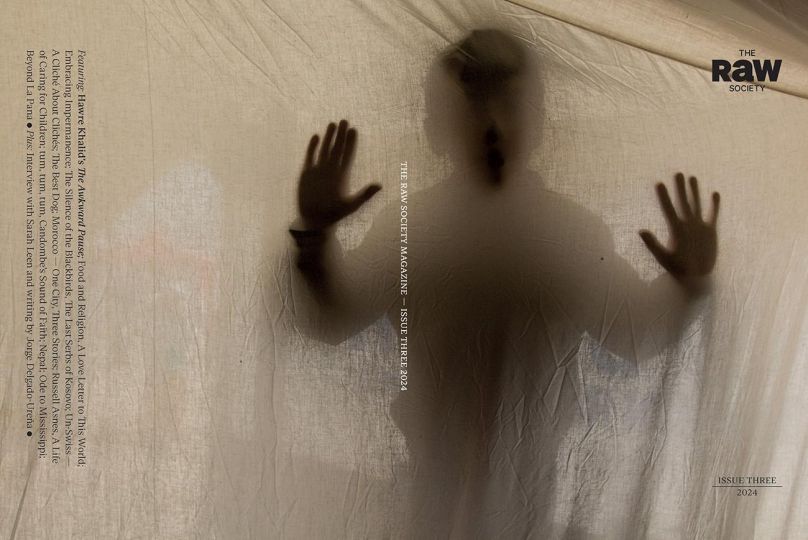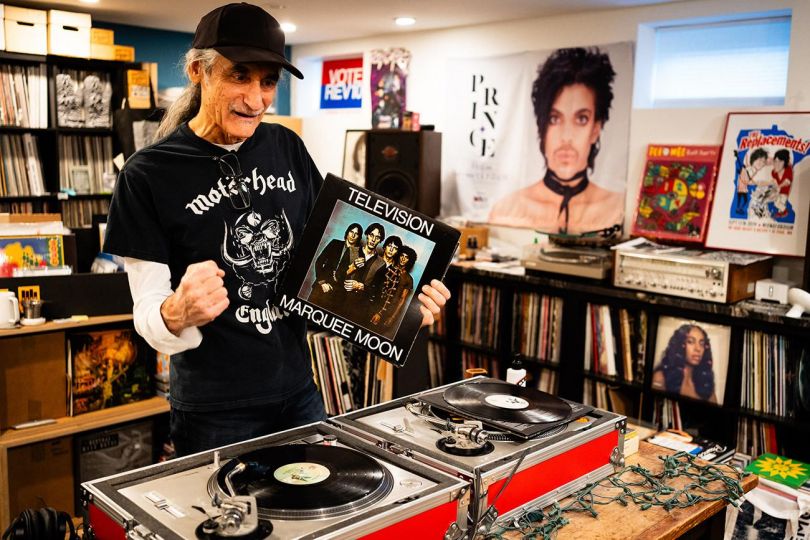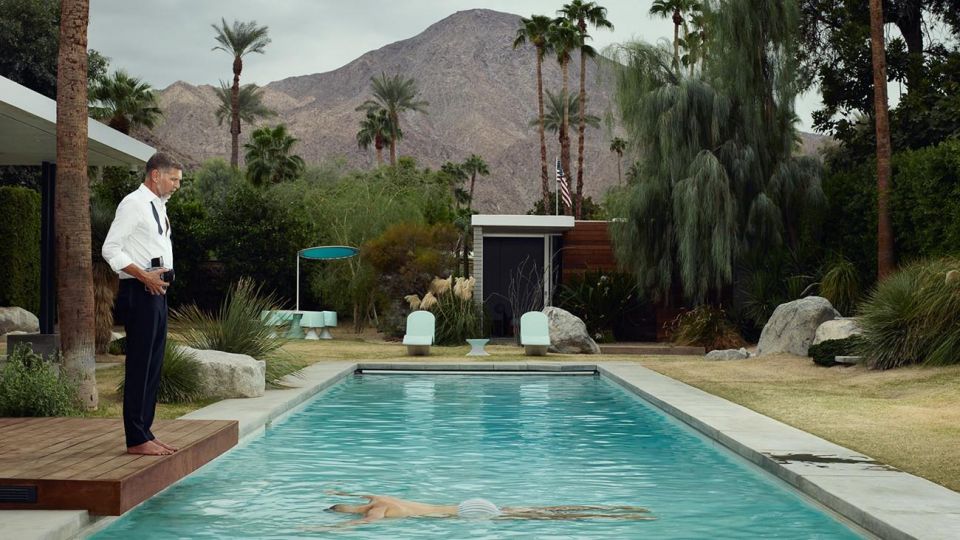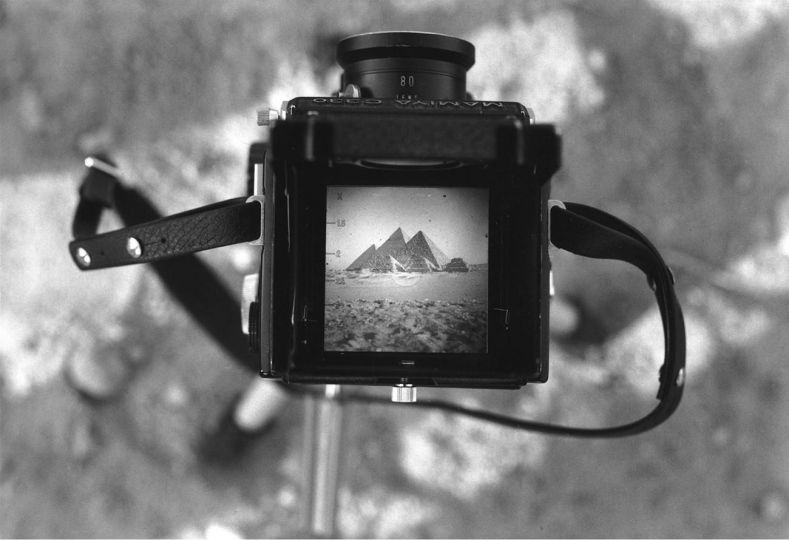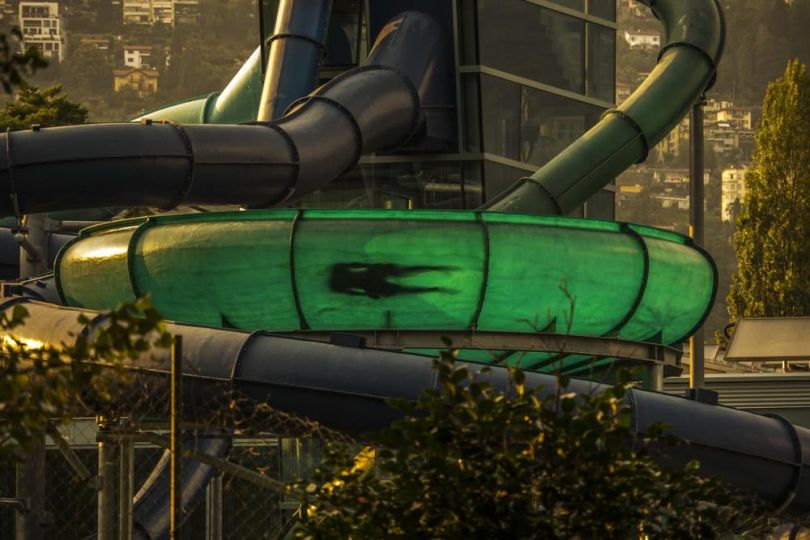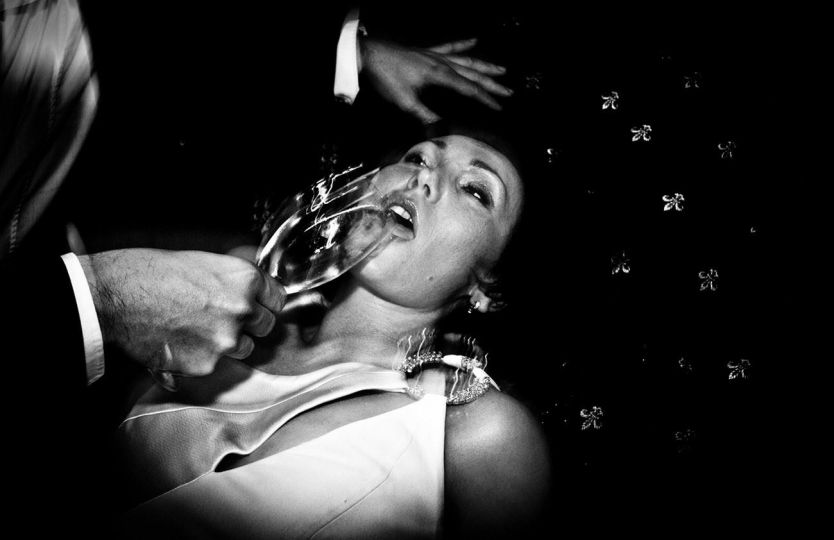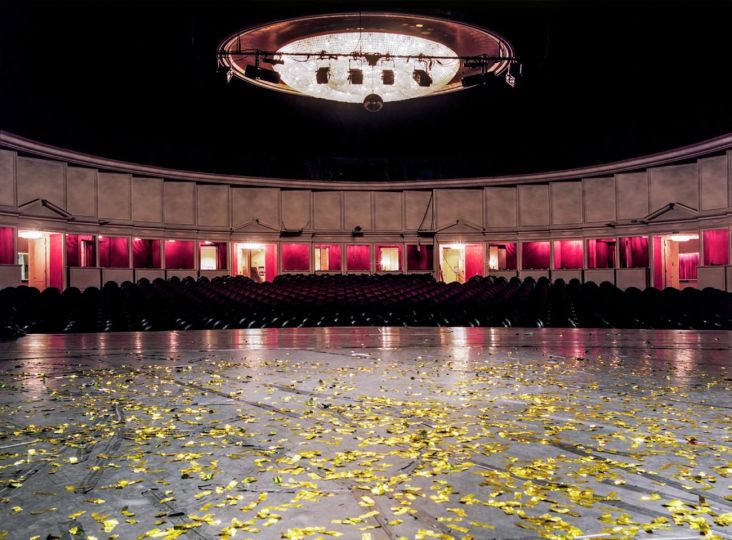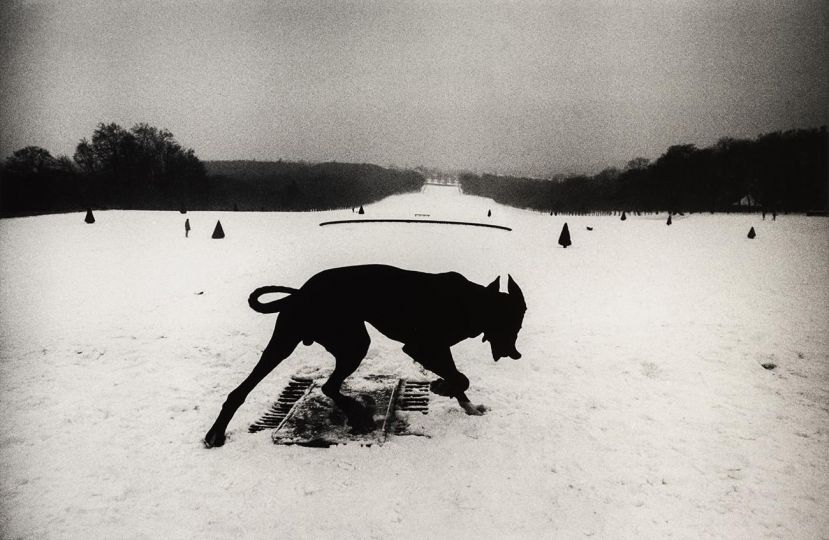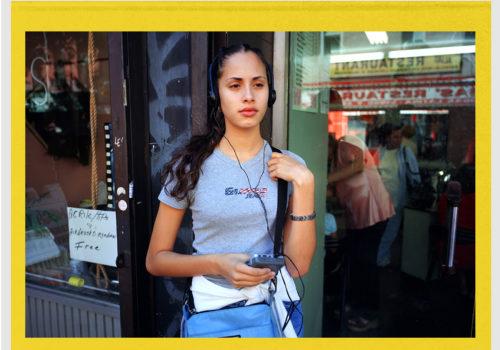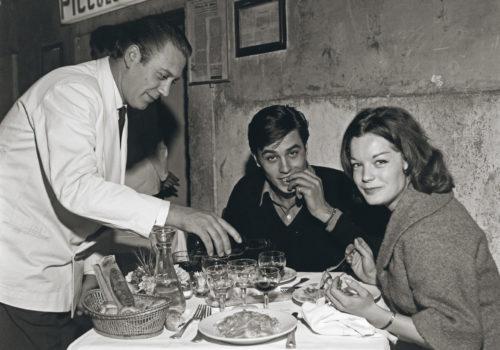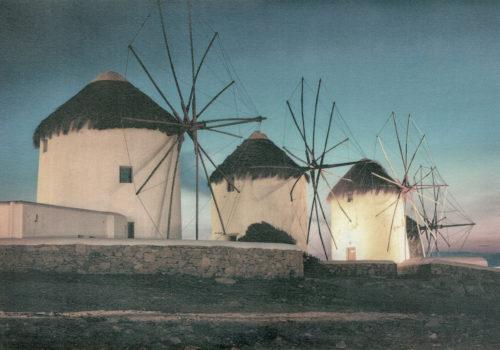Ellen Carey is a New York-born, Connecticut-based artist who has been creating unique, experimental, and exceptional work for decades. She began her career with Painted Self-Portraits (1978) and for the last 20+ years has been working with photograms made in the darkroom. She teaches at the Hartford Art School, University of Hartford and is represented by M+B in Los Angeles, and the Jayne H. Baum Gallery and Yossi Milo in New York.
When did you initially become interested in color?
In my childhood, I was raised Catholic, so looking at color in the stain glass windows at church is an early memory. The name Ellen, in Gaelic, Irish, Celtic means “light” or “bringer of light” a prescient gift from my parents, introducing fate and destiny. At Kansas City Art Institute (KCAI), my undergraduate freshman foundations program introduced me to Josef Albers and his color theory. My final project was an installation a wall of color; I did color printing in lithography. At SUNY@Buffalo, my MFA graduate thesis at Hallwalls was my black and white Self-Portrait series that experimented with a monochrome palette in the over-painting, later adding color.
Years ago, you experimented with black and white abstractions, so Struck by Light is quite the jump.
Yes and no. As stated above, color was always in my life and work, however a more concentrated effort began with my large format Polaroid 20 X 24 Self-Portrait series (1983-1987); I tried the large format Polaroid in black and white; it was not as visually exciting, although really early work was with the SX-70. Polaroid’s instant technology and the soft brilliance of its dyes are exceptional, but when the Polaroid Artists Support Program ended in 1987, I went back to the darkroom, starting my research on photograms. My question:” What does an abstract photograph look like?” begins here. You are correct, in that it was years ago, and I did struggle. I began with black & white photograms, but when I turned to color, with the photogram, I realized light, photography’s indexical, was radically different, the palette electrified the composition, whether it was expressed in muted tones or bolder hues. Color is an artist’s universe and photographic color theory (RGBYMC) photography’s planet. Characteristics imbedded in our medium revealed themselves anew light and shadow with themes of interest love and loss, beauty and joy full of artistic potential, working within the visual breakthroughs found in the tenets of Abstract Expressionism, Minimal and Conceptual Art. Less-is-more is one of my experimental guide posts, re-thinking photography vis-à-vis process, this eliminates the picture sign, re-arranges the hierarchy of an image that captures something “out there” to a photographic object that expresses itself “in there”; its visceral and visual, referencing the elemental wonder of photography, inside the black box of the color darkroom, which is light-tight. So I began a commitment to my discipline, a concentrated study of color in art and photography, its history and practitioners around 2000, leaving black and white behind.
How did you react after finishing your first photogram?
In black and white, I knew I was on to something, but color was the key, the turning point, opening the door to my imagination. I reacted to its wonder, imaging this is how it must have been, this incredible experience, for the earliest practitioners.
Did you know right away you wanted to go forward with making more?
Absolutely!
I saw your work at AIPAD, and what struck me when I first saw them, after being struck by the color and vibrancy, was the way they were displayed. Do you often display Struck by Light in a grid form, or does it depend on the space in which they’re being shown?
That large installation of Dings & Shadows was conceptually designed that way, 4 rows of 5, as RGBYMC, 20 unique color photograms total; I have done two more, one is the same size, the other slightly smaller. Size and scale are important in my work, as Robert Smithson said: “Size can be a crack in a wall or the Grand Canyon”. The “dings” are my “shadow” catchers, a “ding” is taboo in our profession, I am breaking with that tradition. The grid references one of the universal codes in art, the square; the other is the circle. My grid-as-photogram installation has the colors as RGBYMC, a split filter reference in the image as well as photographic color theory, a unique characteristic of our medium, like the shadow. In that particular artwork, the colors have to seamlessly flow and blend, into one-another or ricocheting off of each other, making new colors, hues or shadows. All four edges create mini-compositions, another grid, the over-all gestalt and the synoptic clarity is pristine, compelling in its color variations, with hues and high-tech vibrancy, containing high visual impact.
You’ve worked on this series for about 23 years, between 1992-2015
WOW. That is a long time! It actually extends to 2017; I have more ideas, more work to do!
How did you decide the project was finished?
By project, do you mean the whole Struck by Light project? Or one picture? A series, or an installation? I work until the whole image is perfect, my standards are very, very high, the ratio is 1 perfect photogram out of 5 try-outs, some days are better, and some days don’t go well. The color darkroom is light tight; so I am working blind, pitch black, different than the amber light of black/white darkroom. I love making color photograms, will continue to print as long as the paper and processor lasts!
Do you still feel the project is finished?
It is very obvious to me, and anyone who has witnessed me working, that the “object speaks back” loudly and clearly! I have my own rules, what I call the 4 C’s: Concept, Context, Content and Citation (or Site), so it works or it does not. My work is experimental, randomness and chance play key roles, followed by choice in palette and form, like automatic drawing in Dada and Surrealism; one doesn’t know what eventually will be seen, these play key roles. As you pointed out, several decades of printing have helped; the physical aspects, gaining experience over time and time is important to an artist: time to think, read, make art, write, reflect, look at art, travel, nature is wonderful too. I don’t see an end to the project; I just tried a few new ideas. Struck by Light is an expansive, umbrella concept, Photography Degree Zero is my Polaroid practice, while Pictus & Writ is my writing.
I appreciate the number of historical references made in regards to this project, dating back to 1834 with William Henry Fox Talbot and noting Anna Atkins as the first woman practitioner and the first in color. Did you want this project to be homage to Atkins, or did it transform into that after working on it for so long and learning more and more about photograms and color?
I am working on a curatorial project and as the curator; named “Anon.” this underscores my concept of exclusion/absence in this new area of scholarship. Women in Colour: Anna Atkins, Color Photography and Those Struck by Light opens mid-August thru September at The Rubber Factory (Lower East Side), the owner, Mike Tan, is hosting this group exhibition.
Briefly stated, in my research on color photography, I noticed that a lot of women were using color, a completely different skill set from black and white photography (technical, expensive, color chemistry etc.), which prompted a question: “Where would women color practitioners be without the work of Anna Atkins?”; often my project start with a question.
Colour/color photography begins with Anna Atkins, photography’s first female practitioner, first in color, with her blue cyanotypes. She also did the first photo-book, predating Talbot, and she is first to use writing in her pictures, a precursor to Word Art. Her compositions, in my opinion, point the way to minimalism and abstraction in photography, in their use of: off-frame space, a reductive palette, transformative power of color, size and scale plus many other tenets in her stellar compositions, no bigger than a page in a book. She made thousands of images, giving them away, so her gifts were literally gifts benefitting us today.
Colour, the British spelling, highlights that color photography has its origins in England; Atkins followed by Sarah Angelina Acland, the late Victorian, who specialized in the Sanger-Shepard process. My research found out that a DNA gene, tetrachromacy, is only carried by women; if they have this gene, women can discern color better than men, who have a higher percentage of color blindness.
So my project pays homage to Anna Atkins, whom we know very little about, while opening up a new field of scholarship on women and colour/color photography. I used my photogram practice Struck by Light to include many references: the twin aspects of photography and its indexical, light; as a phrase often used for inspiration, which includes the inspiration of photography, its earliest photogram as drawing with light; that history as the photogram continues today. It’s a record of light seen found in the end result, the photographic object, and with that object, light-sensitive paper was struck by (another) light. As the project’s author, my name Ellen means light and color is light, seen in nature’s rainbow, which is full of color.
How would you describe your creative process in one word?
Exhilarating.
If you could teach a one, one-hour class on anything, what would it be?
How to Make Color Photograms that Teaches Photographic Color Theory with a Lecture on Anna Atkins and her Cyanotypes Plus Women+Color+Photography.
What is the last film you saw or book you read that inspired you?
A Documentary film by Ron Howard: Beatles: Eight Days a Week. And a book by Henry Adams: Tom & Jack: The Intertwining Lives of Thomas Hart Benton & Jackson Pollock.
What is the most played song in your music library?
I listen to the radio a lot, when I work: so I love soul, ambient–techno, R&B, funk, jazz, rap, and all the classics too!
How do you take your coffee?
Dark roast with milk-hot!
Interview by Hallie Neely
Hallie Neely is a writer specializing in photography based in New York, USA.
http://www.ellencareyphotography.com/

